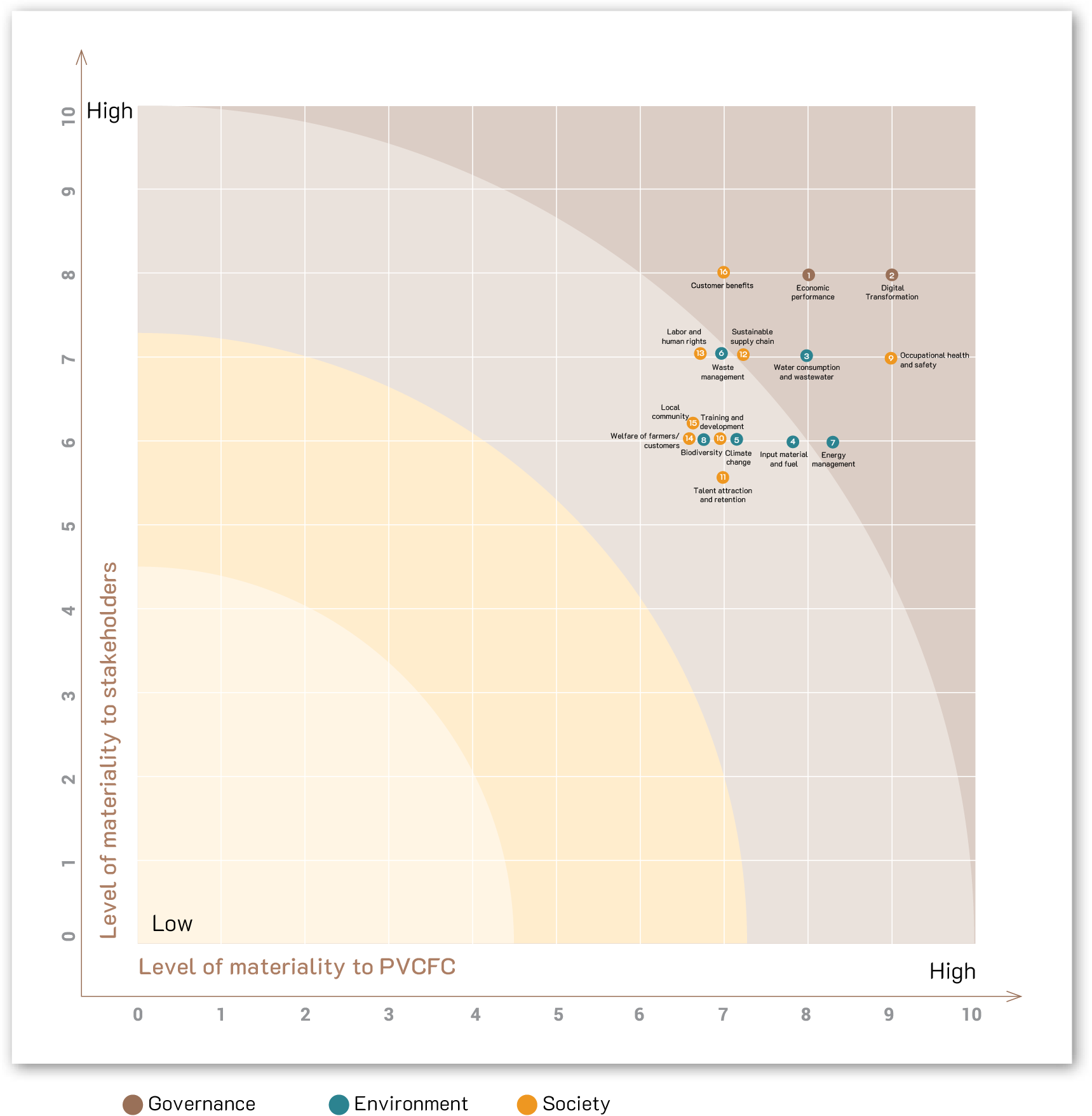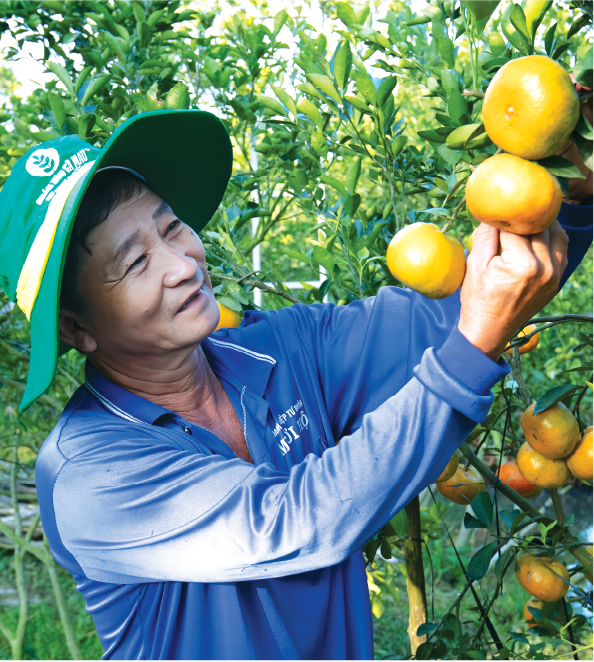SUSTAINABLE DEVELOPMENT
FRAMEWORK OF PVCFC
STRATEGIC ORIENTATION FOR SUSTAINABLE DEVELOPMENT
OVERVIEW
PVCFC’s sustainable development orientation ensures alignment with the vision and common goals of creating real values for stakeholders and taking into account development trends of fertilizer industry and around the world but not limited to issues such as climate change, energy, circular economy, waste treatment, employee rights and benefits, etc.
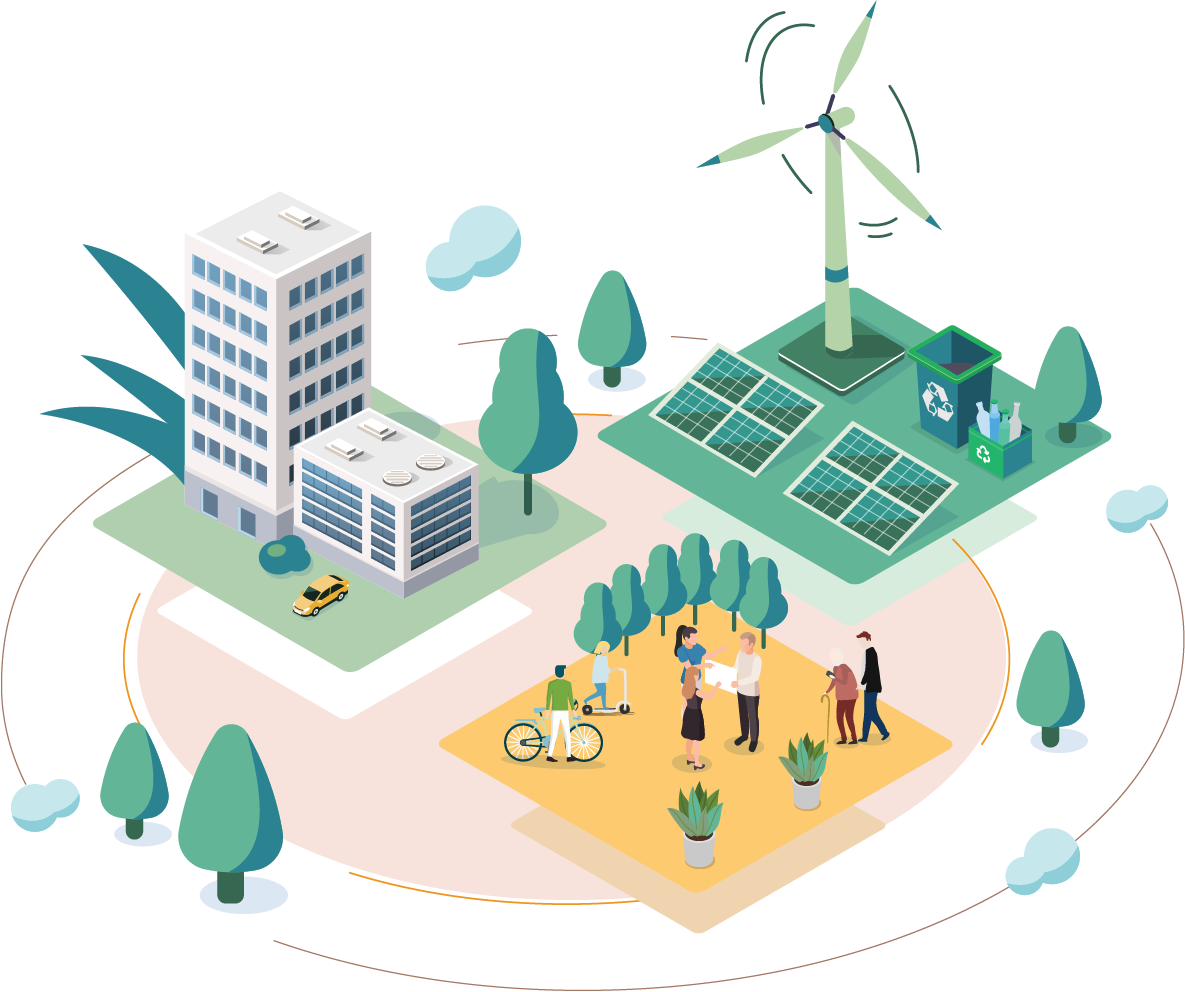
SUSTAINABLE DEVELOPMENT AND VALUE CHAIN
As a company operating in the field of fertilizer manufacturing and trading, PVCFC is well aware of the environmental and social impacts of the value chain. We can see the importance of identifying, assessing and managing these impacts, ensuring that production and business activities are carried out in a sustainable manner, minimizing negative effects on environment, society and community.

R&D
PVCFC has analyzed effects of the products that we produce and distribute from the research state on factors such as greenhouse gas emissions, water, soil health as well as biodiversity. Based on our understanding of these impacts, we always create environmentally friendly products and bring benefits to farmers.
Input materials – Production - Distribution
We deeply understand the environmental impacts of raw material use as well as other effects of production progress. Natural gas is the primary input for fertilizer production. Fertilizer production generates greenhouse gas emissions and industrial waste. Therefore, PVCFC always sets an annual goal for reducing energy consumption, increasing productivity and recovering CO2 emission. During the past years, a lot of initiatives have been deployed, enhancing natural gas efficiency, saving costs and significantly reducing emissions into the environment. In addition, the distribution creates transportation emissions when products are transported in long distances to agents and farmers by road and by waterway. A small amount of fertilizer also can be lost during loading, transporting and storing, which may lead to leakage and environmental pollution. Therefore, PVCFC has been investing in warehouse system in the key regions and developing Level 2 distribution systems to shorten the transportation distance to consumers.
Usage
The use of fertilizer products has certain impacts on the environment, water, soil and biodiversity, especially climate change. Inappropriate use of fertilizers also creates greenhouse gases that affect the ozone layer. We have been implementing many measures to increase farmers’ understanding and sustainable fertilizer practices to minimize the impact on the environment.
Waste management
Assessing, analyzing and managing the impacts of waste in the value chain is essential and urgent. PVCFC has been managing and treating waste during the production process according to regulations of the law. In addition, PVCFC is also studying environmental impacts of using fertilizer including the environmental and social impacts of fertilizer packaging.
STRATEGIC ORIENTATION

Sustainable development orientation includes groups of strategic orientations based on the three pillars of Environment, Society and Governance in line with PVCFC’s overall operational strategy. The groups of orientations are presented as major themes that can help shape sustainable development strategies and activities, ensuring to integrate sustainability contents in implementing general strategies and operations of PVCFC. The groups of sustainable development orientations of PVCFC are as follows
 Clean technology
Clean technology
 Energy
Energy
 Climate change
Climate change
 Circular agriculture
Circular agriculture
 Water, air and waste
Water, air and waste
 Biodiversity
Biodiversity

 Protecting and building human resource
Protecting and building human resource
 Farmer/Customer welfare
Farmer/Customer welfare
 Product safety
Product safety
 Sustainable economy
Sustainable economy
 Community
Community
 Diversity, equity and inclusion
Diversity, equity and inclusion
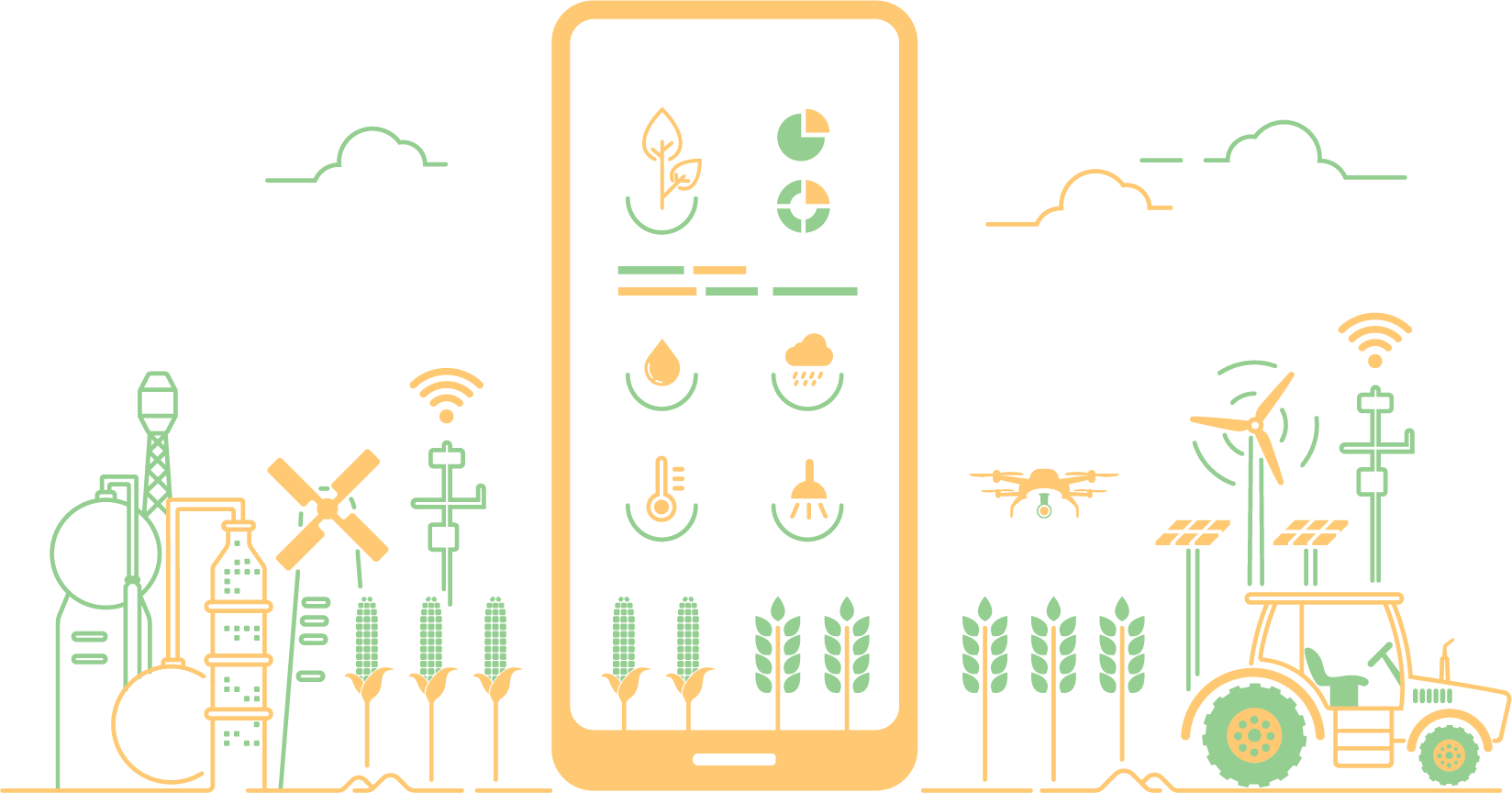

PVCFC is committed to practicing corporate governance at the highest level possible including but not limited to good corporate governance practices in Vietnam and ASEAN. Some major ESG issues include:
 Business ethics
Business ethics
 Sustainable supply chain
Sustainable supply chain
 Compliance with regulations
Compliance with regulations
 Operating performance of BOD
Operating performance of BOD
 Management of conflict of interest
Management of conflict of interest
 Risk management
Risk management

SUSTAINABLE DEVELOPMENT GOVERNANCE
PVCFC’S SUSTAINABLE DEVELOPMENT MANAGEMENT STRUCTURE
The ESG Committee has the following obligations
- Building and adjusting organizational and operational regulations of the ESG Committee and submitting to BOD for issuance.
- Advising BOD to build PVCFC’s longterm orientation, strategy and goals toward sustainable development.
- Supervising action programs, projects and sustainable development activities of Executive Board (including the General Director and Deputy General Directors) based on PVCFC’s orientation, strategy, and long-term sustainable development goals approved by the Board of Directors.
- Monitoring the information disclosure process on sustainable development (including sustainable development content in the Annual Report, Sustainability Report and other information disclosure).
- Annually reviewing and evaluating compliance with Corporate Governance Policy (handbook), Code of Business Conduct (CoC) and other corporate governance policies.
- Proposing BOD to approve ESG risk management policies
- Monitoring the ESG risks management and ESG related opportunities including climate change risks and opportunities.
- The General Director takes main responsibility and assigns Planning & Investment Division the job of coordinating and linking all departments/ divisions/units to build plans and monitor implementation and make ESG reports.
- A focal officer of each department/division/unit is in charge of ESG related issues, synthesizing and reporting to Planning & Investment Division to report to General Director/BOD/General Meeting of Shareholders.
- The Audit and Risk Management Committee and the ESG Committee monitor the implementation of the ESG strategy at BOD level and report to the BOD.
BUSINESS ETHICS
Code of conduct
The Company’s Code of Business Conduct (COC) has been approved by the Board of Directors in Decision No. 2048/QD-PVCFC dated August 22, 2022. COC provides specific guidance on how to behave as an employee of PVCFC (including all members of BOD, Supervisory Board, other enterprise directors and all employees) when interacting with any relevant entities. Practicing COC in daily operations plays an important role in forming the business ethics that PVCFC is aiming for and directly impacts PVCFC’s business goals. COC also helps PVCFC move towards higher governance standards, contributing to orienting the employees to behave and interact more professionally and actively, creating sustainable competitive advantages for PVCFC.
COC is copied and provided to all employees and is published on the Company’s website. In 2024, 100% of PVCFC’s employees were trained in COC via E-learning system. Orientation training for new BOD members and new employees at the Company also includes COC contents and other relevant regulations. In the coming time, PVCFC will continue to deploy annual training on COC for all employees via E-learning system to raise their awareness of COC. At the same time, this training also serves as a form of commitment to comply with COC.
Anti-corruption policy
The Company’s Code of Conduct, Article 17. Anti-corruption and bribery clearly states “PVCFC’s success is based on the product and service quality, not based on illegal actions or unethical conduct. PVCFC does not tolerate acts of corruption or bribery”. Whistle blowing System is one of the most effective channels for the Company to receive initial reports/warnings about corruption. By the end of 2024, 100% of employees have been trained in anti-corruption and bribery under 3 forms i.e. workshop, online and face-to-face. PVCFC always focuses on business ethics; therefore, the compliance with the rules is disseminated and reminded regularly through training programs, culture building, teambuilding and other activities. Regularly reminding and training ensure that the Company’s employees comply with the antibribery and anti-corruption policy.
ENVIRONMENTAL AND SOCIAL RISK MANAGEMENT
Being aware of possible risks, the Company has issued Risk Management Regulations, including management principles under the Company’s risk management activities as the legal basis for the BOD, Audit and Risk Management Committee General Director, Supervisory Board, Internal Audit Division and affiliated units of the Company carry out risk management, applied consistently and closely associated with the Company’s Mission, Vision, Core Values and Strategic Goals.
The Company’s risks are identified, evaluated and prioritized by the appropriate management level based on “Risk Measures” assessing the possibility of risk as well as level of impact of the risks. All Company’s employees must comply with the risk management framework, regulations and procedures approved. Details of the risk policy are described in the Risk Management section from page 232 to page 241 of the Report.
Social Environmental risk management policy is essential to sustainable governance and an important key to driving PVCFC to improve its sustainable development efforts now and in the future. The Company’s risk appetite statement addresses aspects related to the Company’s operations, including environmental – social risks and IT risks.
The Company commits to complying with regulations of the law (including regulations on labor safety and environment) of Vietnam and countries and territories where PVCFC is operating.
The Company has proactively identified and ensured compliance requirements, establishing and operating management systems including (but not limited to): Code of Business Conduct (COC), policies, procedures and instructions in investment, business and production operations and implementation of contracts/commitments with customers, suppliers and partners.
Based on PVCFC’s risk management framework, PVCFC is now focusing on the following environmental and social risks including:
ENVIRONMENT
- In order to manage and control these risks, the Company has issued procedures and production related regulations and strict compliance requirements to prevent and minimize gas leak, etc.
- The Company has installed monitoring stations at necessary places to continuously monitor air quality to detect leaks early and take timely measures to handle.
- Continuously improving input gas efficiency.
- Conducting research on improving production processes toward energy efficiency.
- Using renewable energy.
- Doing research on greener products for the environment, etc.
- The Company’s strict regulations and procedures in using clean water and treating waste and wastewater have been issued to ensure compliance with environmental regulations of the authorities in the localities where PVCFC has operations.
- Signing solid waste treatment contracts with professional units with extensive experience, being recognized by professional organizations and competent authorities.
- The Company’s fertilizer/nutrient usage guideline has been communicated in many forms of media, seminars, training and consulting programs for farmers, agents and distributors to ensure that the products arrive on time in the right type and right dosage to minimize losses and reduce unwanted impacts on the environment.
SOCIETY
- The Company has built a culture based on its original cultural identity, mobilizing employees to participate in practice to always ensure Physical - Spiritual - Intellectual Strength and long-term working orientation as well as showing their dedication to work.
- The Company’s policy ensures that the payment of salaries, bonuses, and welfare is consistent with productivity and fully complies with legal regulations, ensuring environmental responsibility and stable performance.
- The Company has set up talent attraction policies, training personnel according to expert ranks, and internship programs to supplement human resources.
- Always ensuring stable employment for laborers, minimizing the risk of unemployment with new directions.
- Creating conditions to increase the rate of local labor use.
- Investing in new projects to increase revenue and profits, increasing job opportunities for other subjects.

SUSTAINABLE RELATIONSHIPS WITH STAKEHOLDERS
SUSTAINABLE RELATIONSHIPS WITH STAKEHOLDERS
The Company always combines financial goals with social responsibilities, actively connecting stakeholders to discuss ESG criteria. Identifying and evaluating stakeholders help the Company understand their expectations and impacts to shape the sustainable development strategy.
The consultation result below helps PVCFC identify the position and role of stakeholders to have appropriate strategies and operations to balance the interests of all parties and promote long-term growth, demonstrating a commitment to sustainable and harmonious development among economy, society and environment.
SHAREHOLDER PRIORITIZATION MATRIX
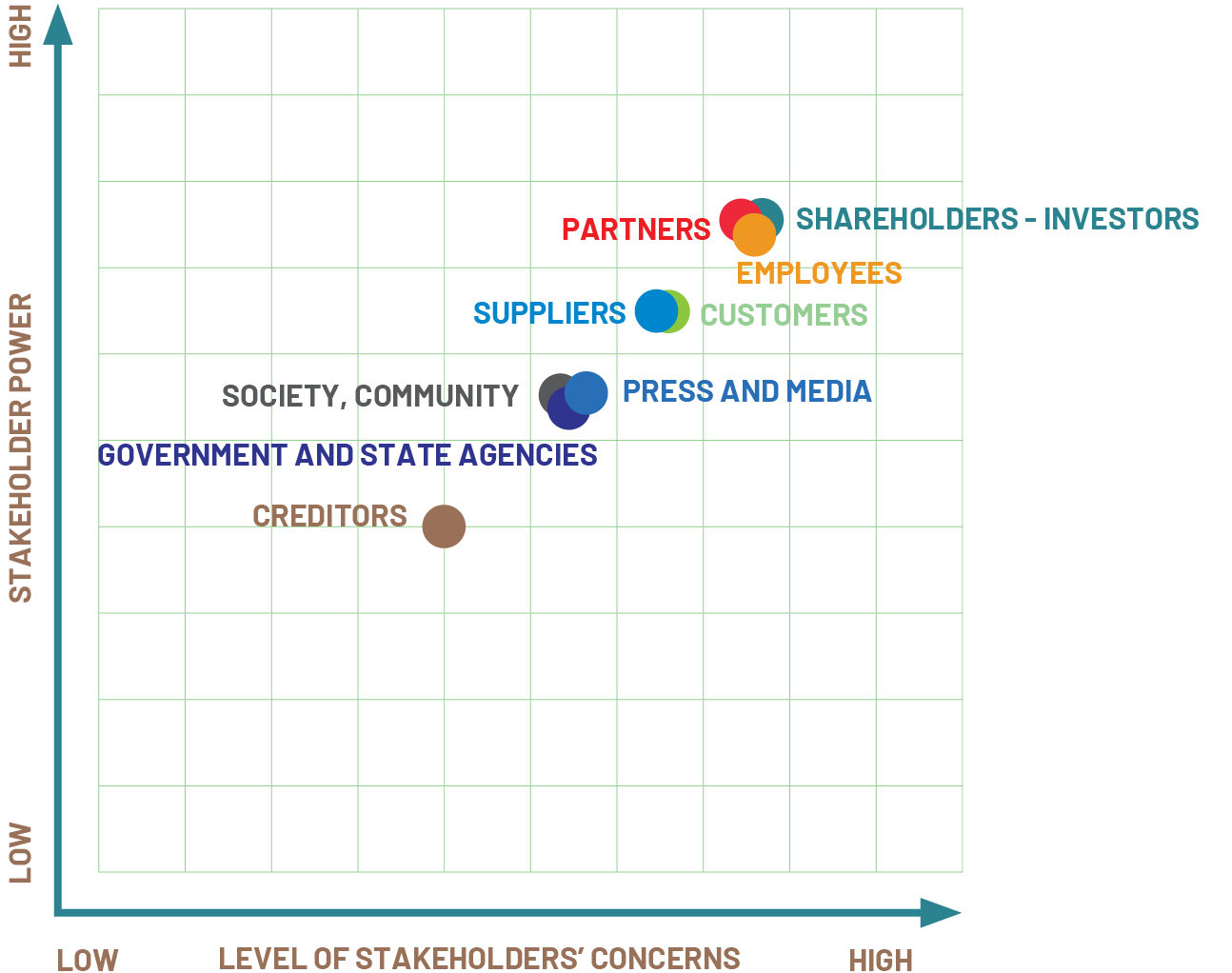
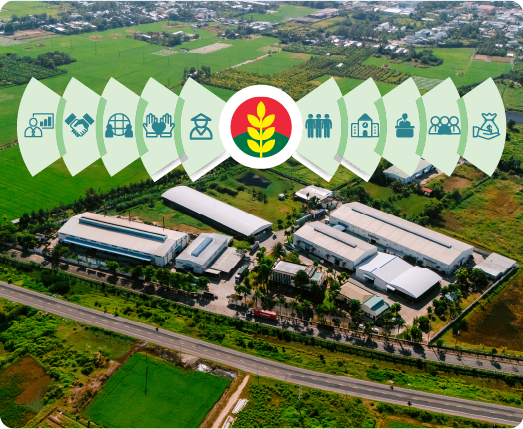

MATERIAL AREAS
MATERIAL AREAS
PVCFC’S MATERIALITY MATRIX
Identifying material areas plays a key role in the sustainable development strategy, enabling the Company to prioritize resources for the issues that have the greatest impact on its business and stakeholders. To ensure objectivity and comprehensiveness, we have applied the methodology of GRI guidelines. The results of materiality assessment show that the Company’s priority issues are closely associated with the 17 Sustainable Development Goals (SDGs), contributing to promoting long-term growth and creating sustainable value for society.
